EIKO ISHIOKA
Crossing All Realms: One of Japan's Greatest Creative Visionaries
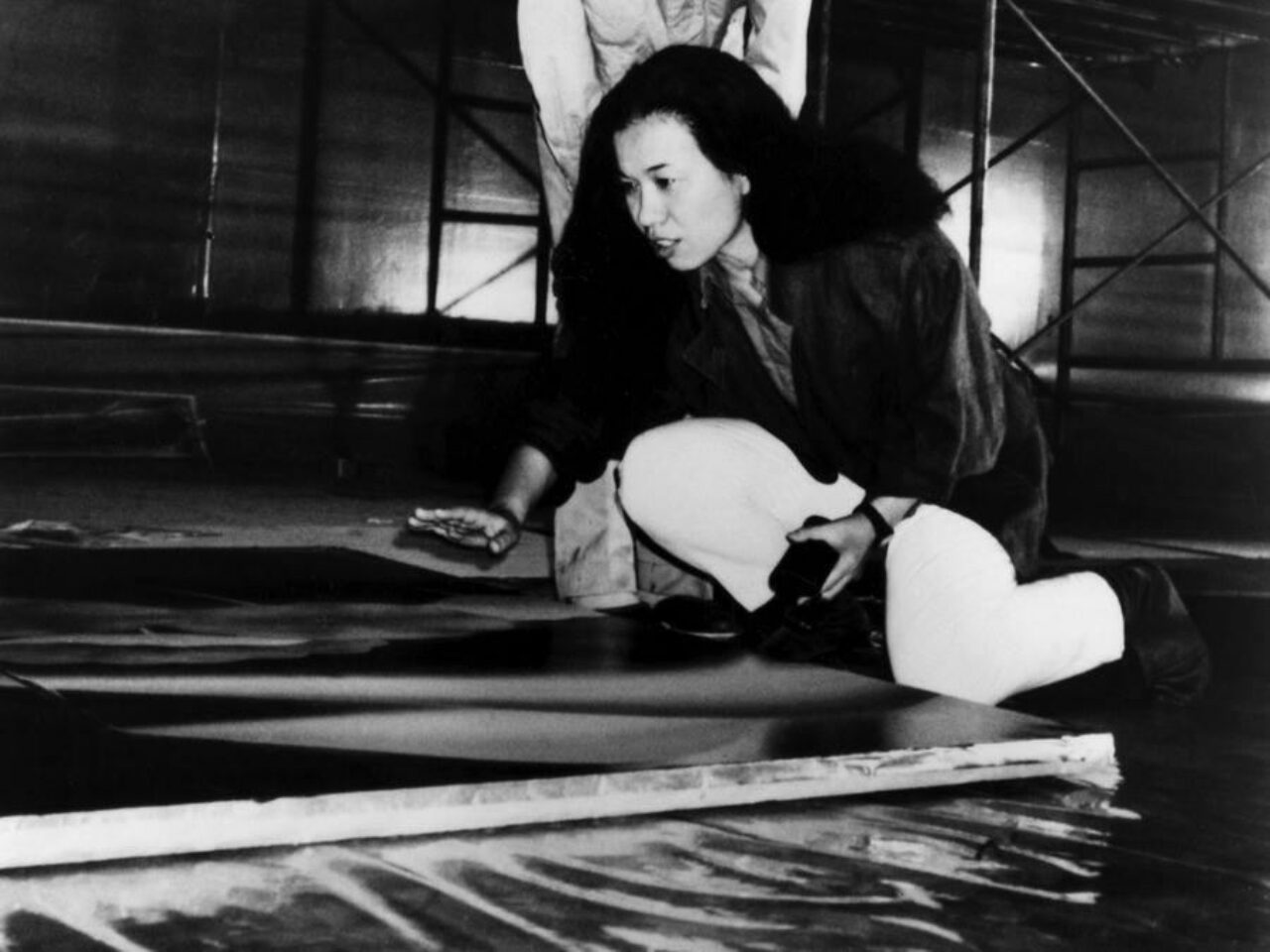
Eiko Ishioka. The name may be unfamiliar, yet she was one of Japan’s leading creatives that changed the face of the fashion and advertising industry in the late 60’s through to an undefinable career in costume and set design until her death in 2012. With a diverse career that has spanned graphic design, art direction, film set production and costume design, her work is almost undefinable and her creativity unlimited to any descriptive category. Yet it was her vibrance and enthusiasm for ultimate artistic expression that led her to lead a life of unbridled creativity. Now as a world first, the Museum of Contemporary Art in Tokyo presents a retrospective on the work of Ishioka, unveiling notes, sketches and glimpse into the thought process of the inventive genius in: Eiko Ishioka: Blood, Sweat and Tears – A Life of Design.
Beginning her career are the age of 24 as a graphic designer for Japanese beauty brand Shiseido, Ishioka’s repertoire soon extended to art direction of the brand’s most pivotal and influence campaigns. Notably, her imagery for Shiseido’s 1966 product campaigns featuring an unconventional model at the time Bibari Maeda, in a white swimsuit that eschewed female empowerment. It was revolutionary as public campaign imagery, and considered as a milestone in the history of design due to its daring nature at the time. It was this ongoing quest to challenge the status quo and societal constraints, that led her to create some of PARCO’s most iconic imagery in the 70’s and 80’s defying race, gender, orientation – her liberal view transforming and heavily influencing the future of the fashion industry at the time. With a manifesto of “Timeless, Original, Revolutionary” as the essence of her design, her ongoing experimentations were led by exploring possibilities of “the self.”
Following a move to the US in the 80’s, Ishioka expanded her ouvre working with collaborators that included photographer Reni Riefenstahl, film director Francis Ford Coppola, musician Björk, and film director Tarsem Singh. Her most notable costume designs include Bram Stoker’s Dracula (1992) (for which she won the Academy Award for Best Costume Design), including the entire costume design for Cirque de Soleil’s Varekai: the colourful and energetic designs transformed not only the performers visual expressions, but heightened the audience’s experience as a whole. Her art direction for Miles Davis’s album TUTU (released in 1986) for which she collaborated with photographer Irving Penn also went beyond ordinary record sleeve design at the time, winning a Grammy Award. Ishioka also designed the costumes for the opening ceremony performance for the 2008 Olympic Games in Beijing, and later in her career was a creative force in cinema and theatre productions including The Fall (2006), Mirror Mirror (2012), and The Ring of the Nibelung (1998-1999) at the Dutch National Opera.
Looking back over the course of her career, an ongoing thread emerges. One that is driven by female (and individual) empowerment, a quest for equality and self expressive, and ultimately – a life of design. Ishioka led a life entirely driven by creativity and unrestrained artistic expression. Her work continues to have a critical influence on unlimited artistic expression in film, fashion and design for future generations to come.
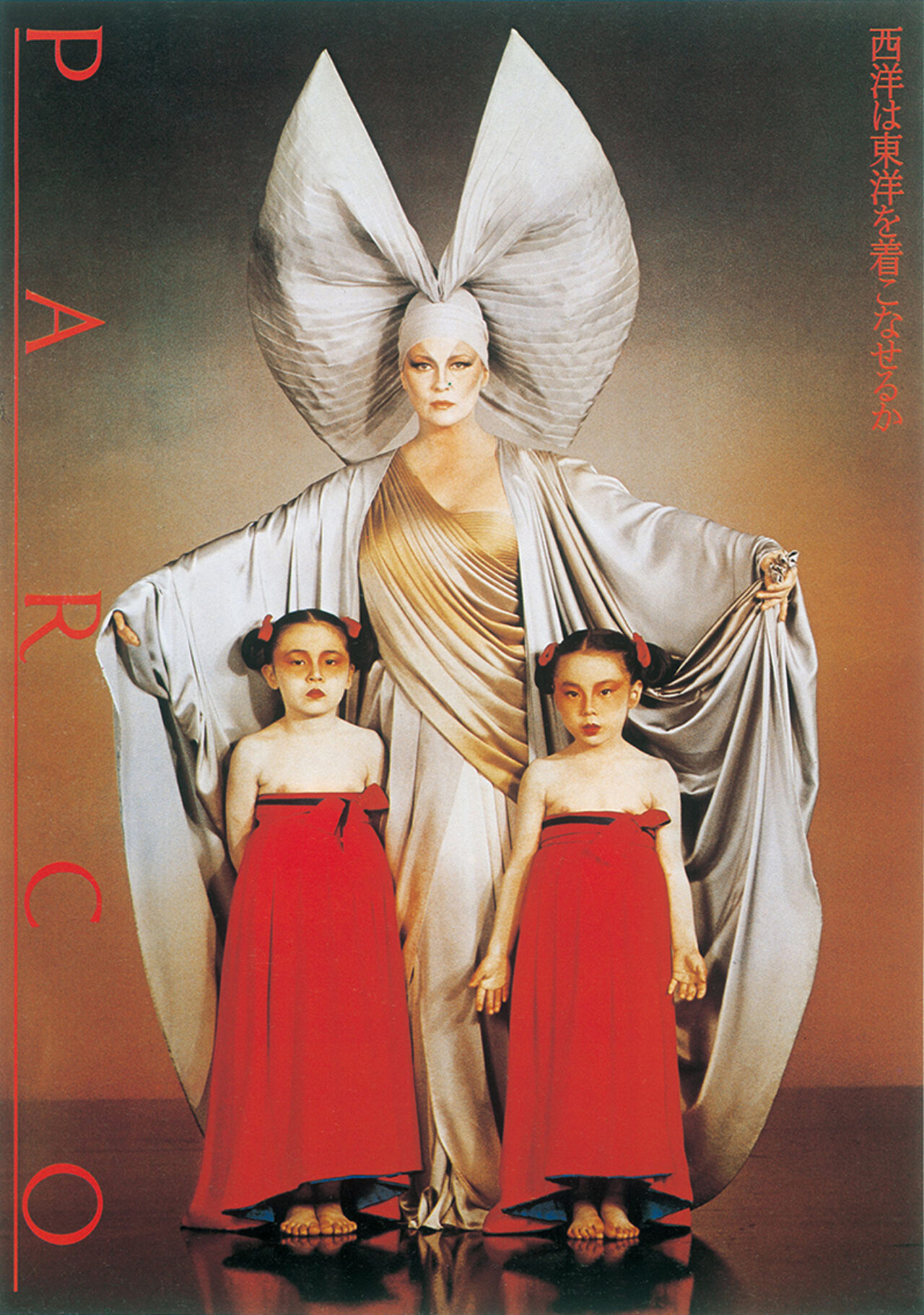
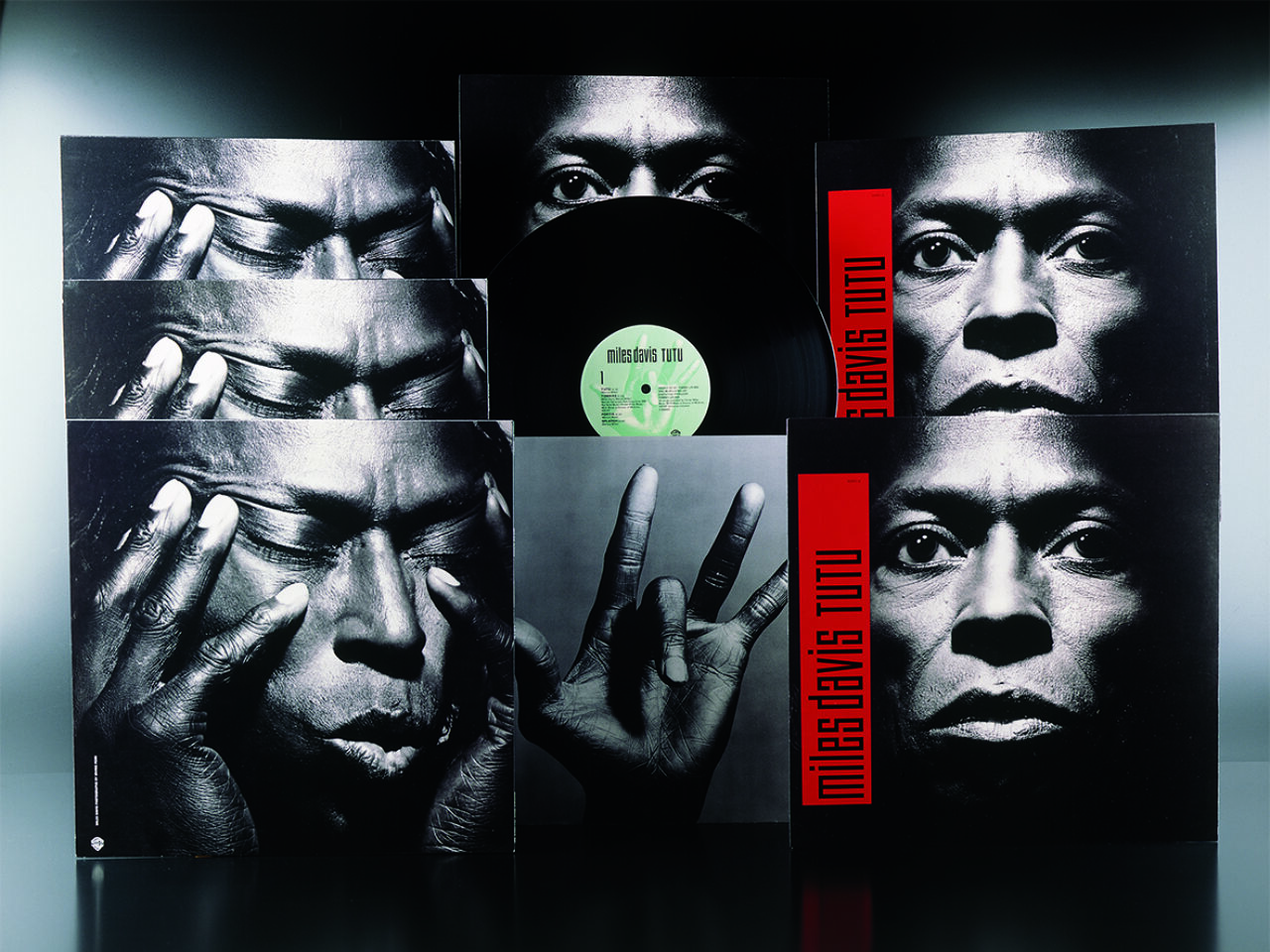
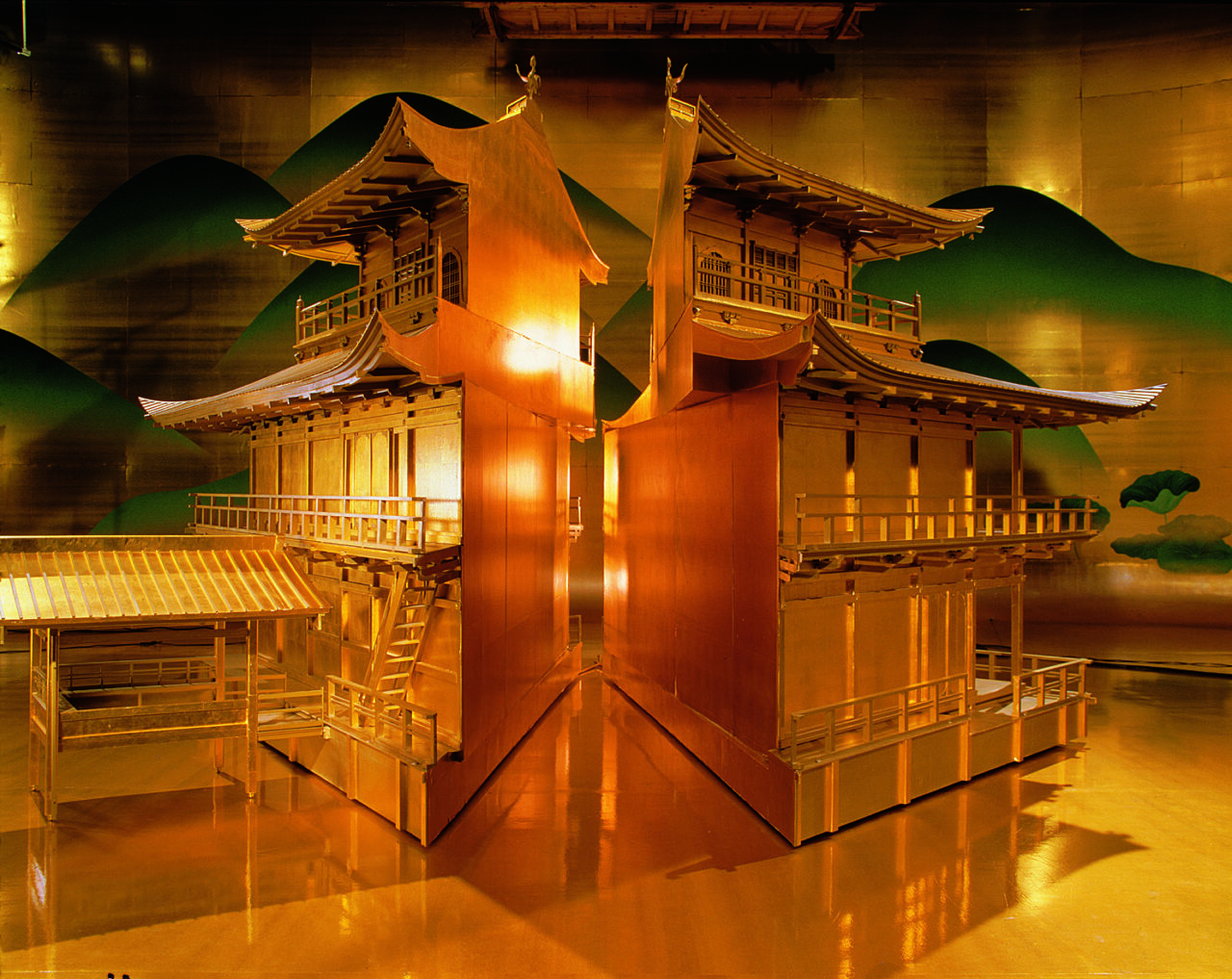
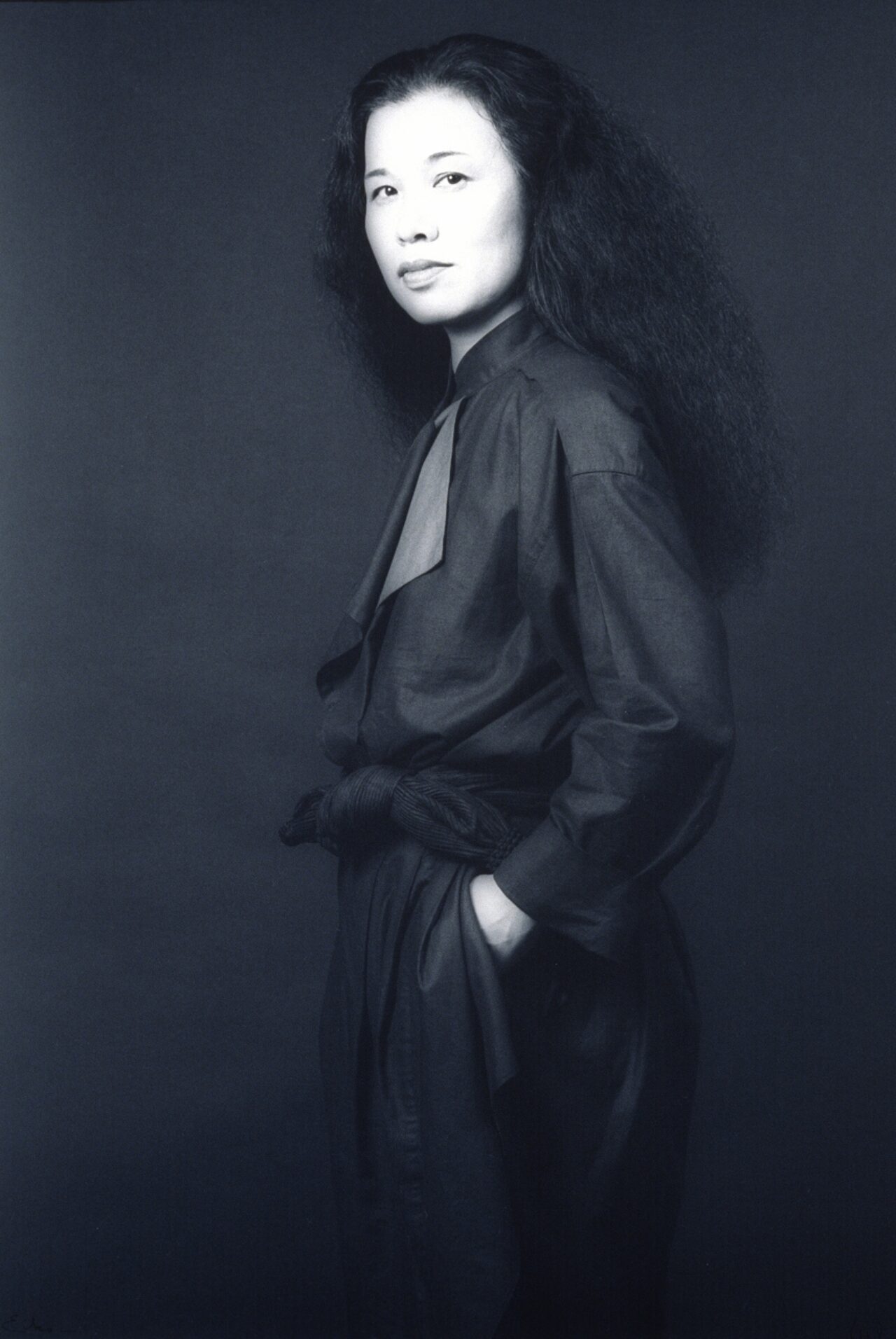
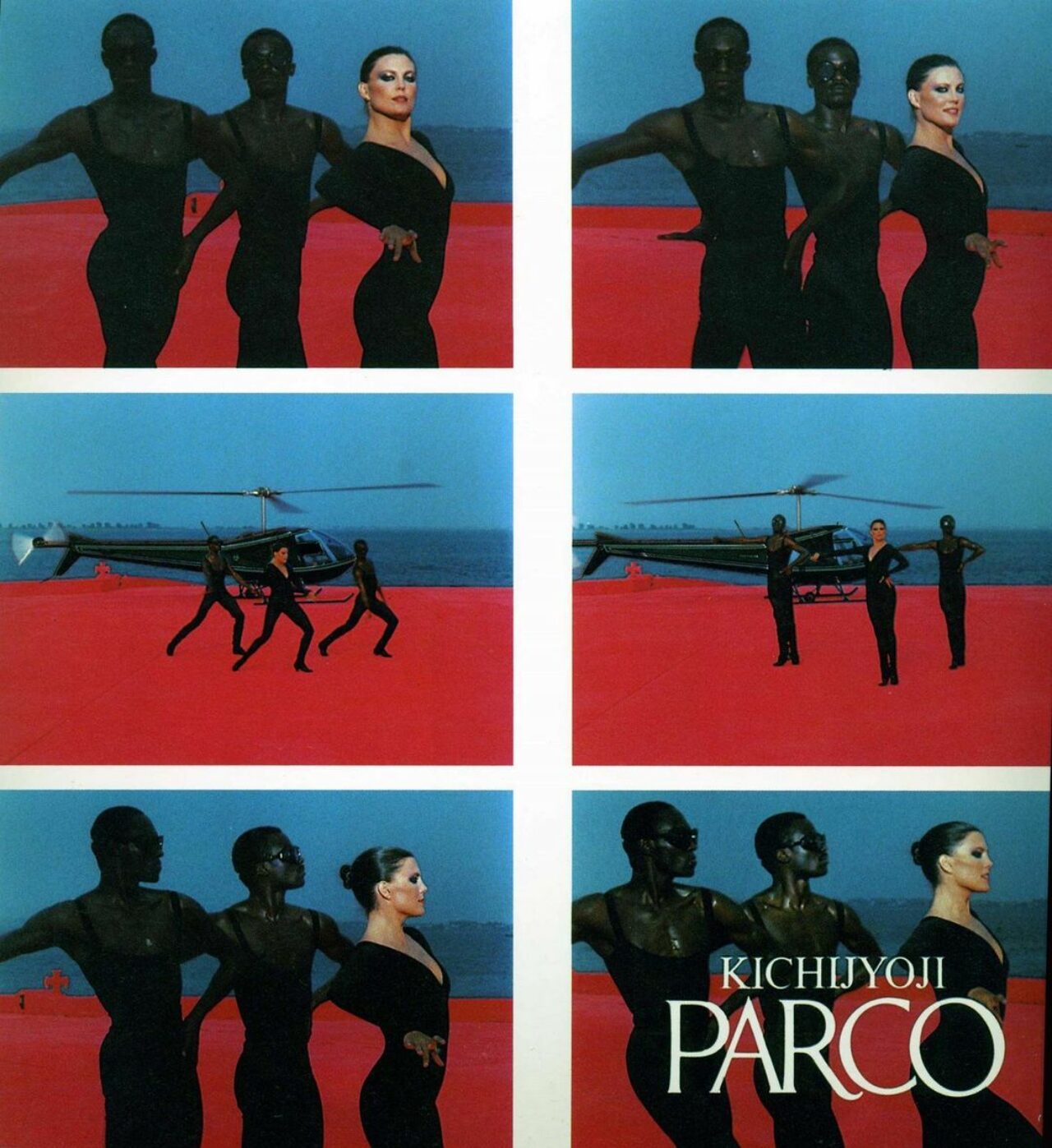

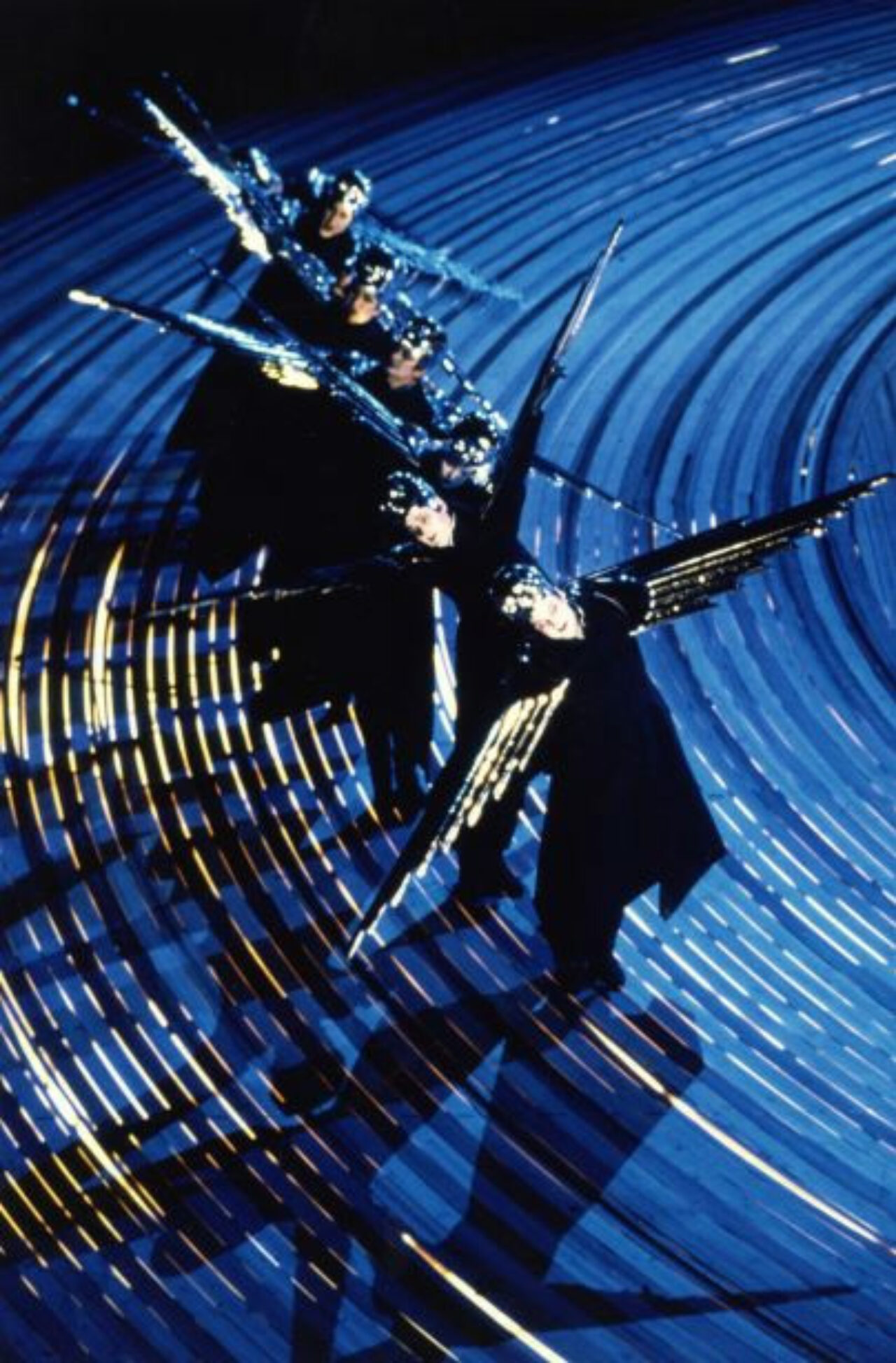
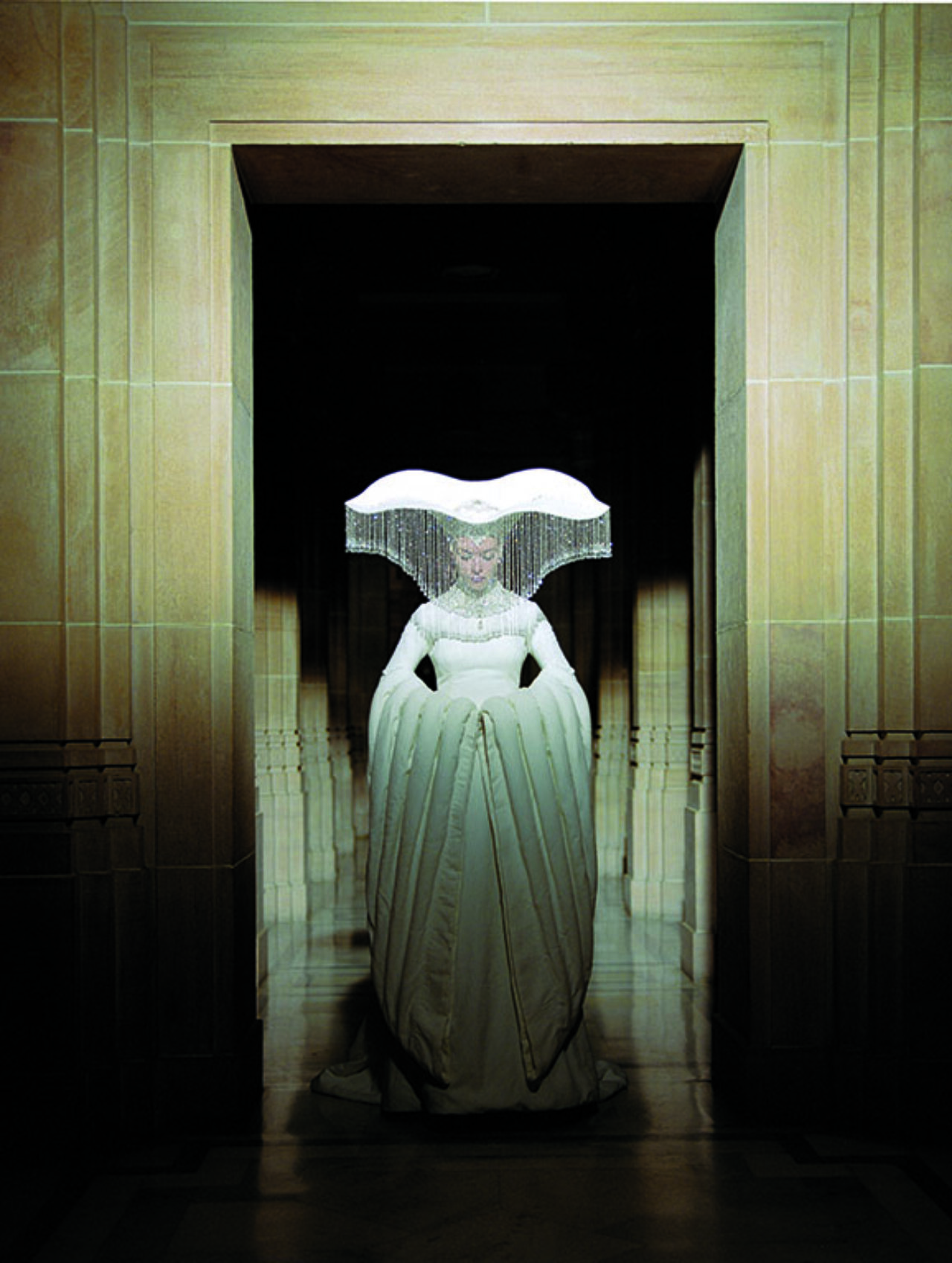
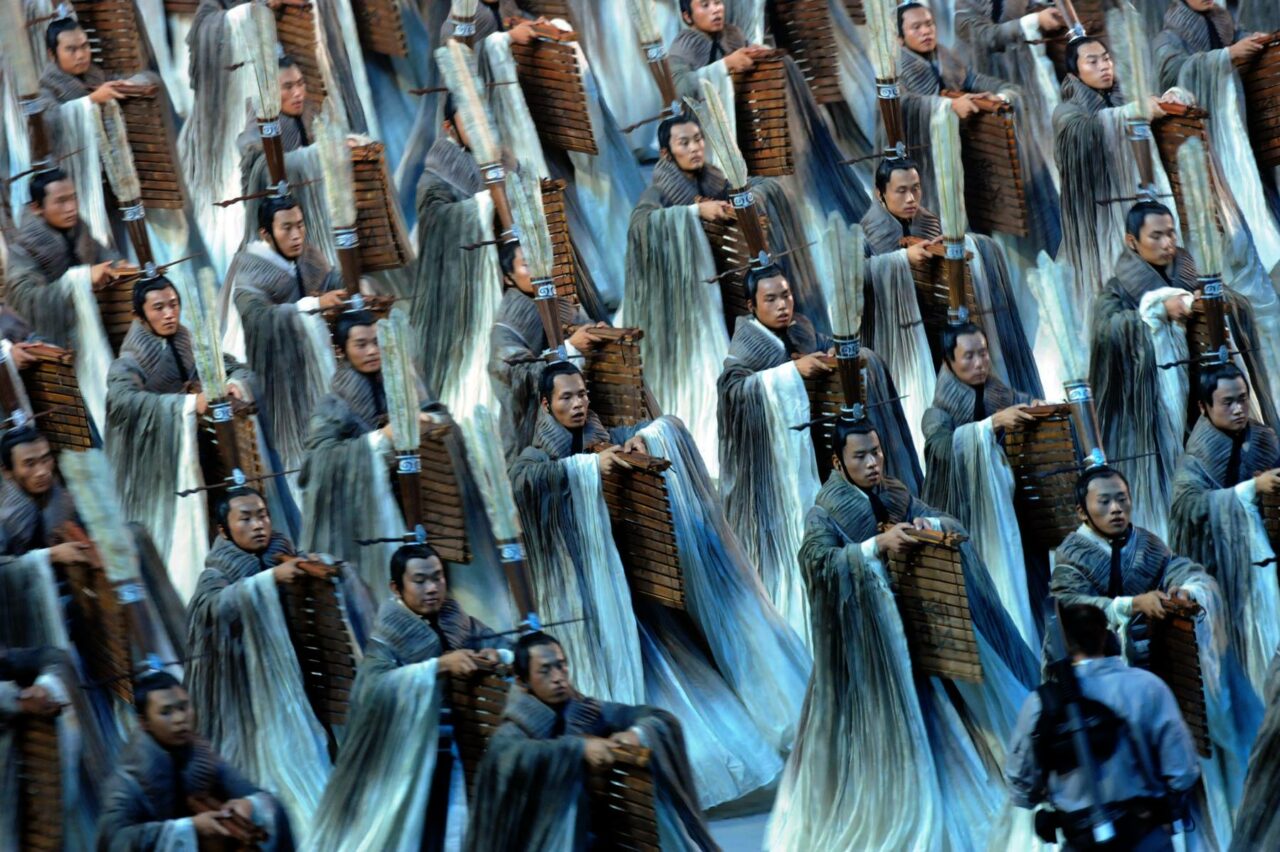
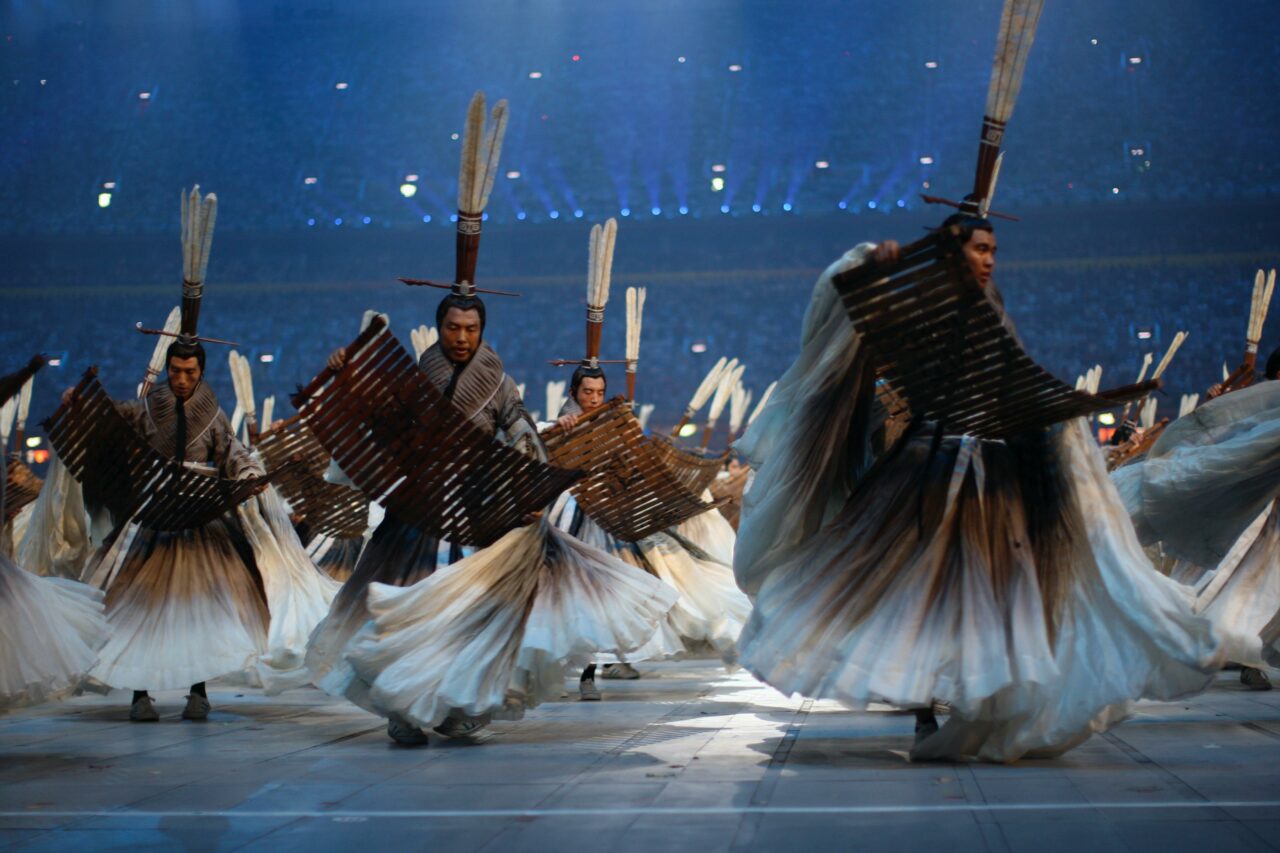
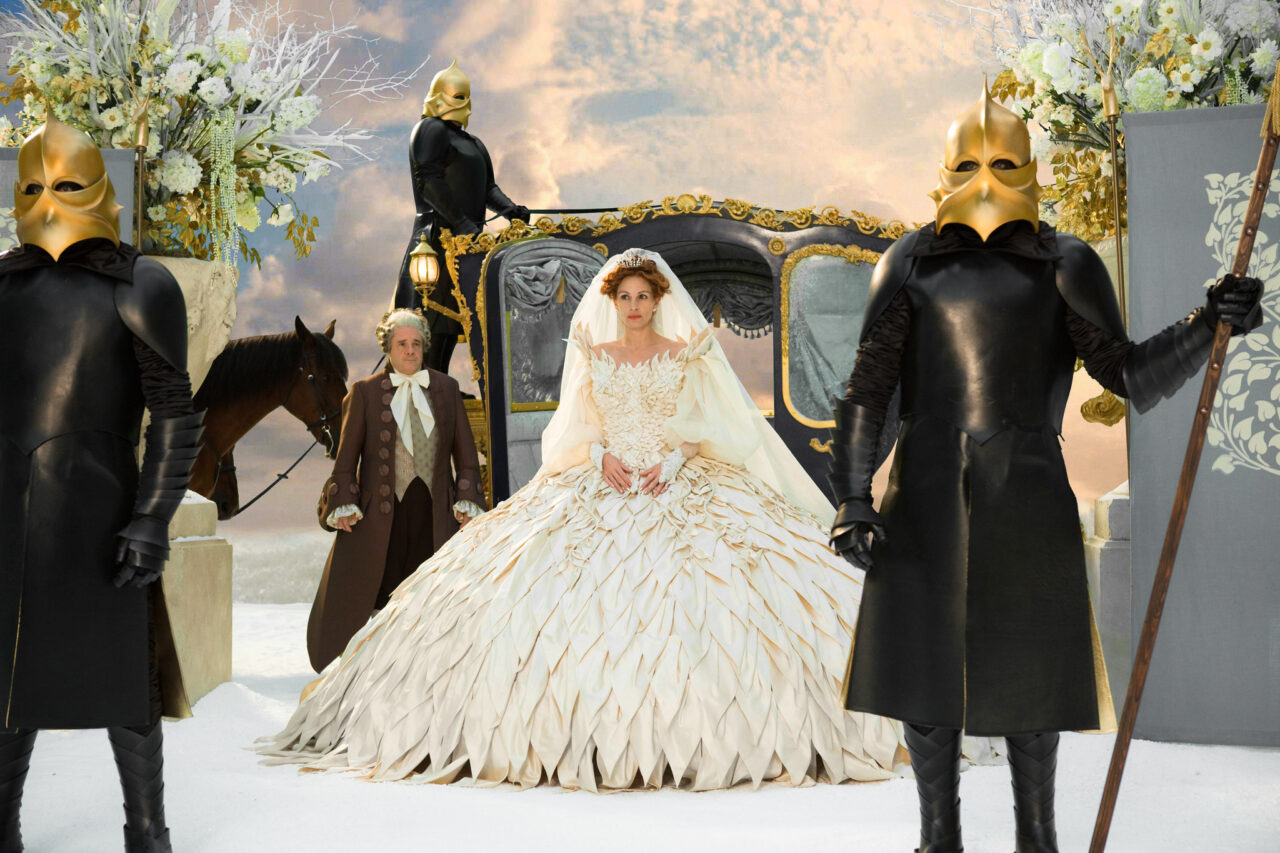
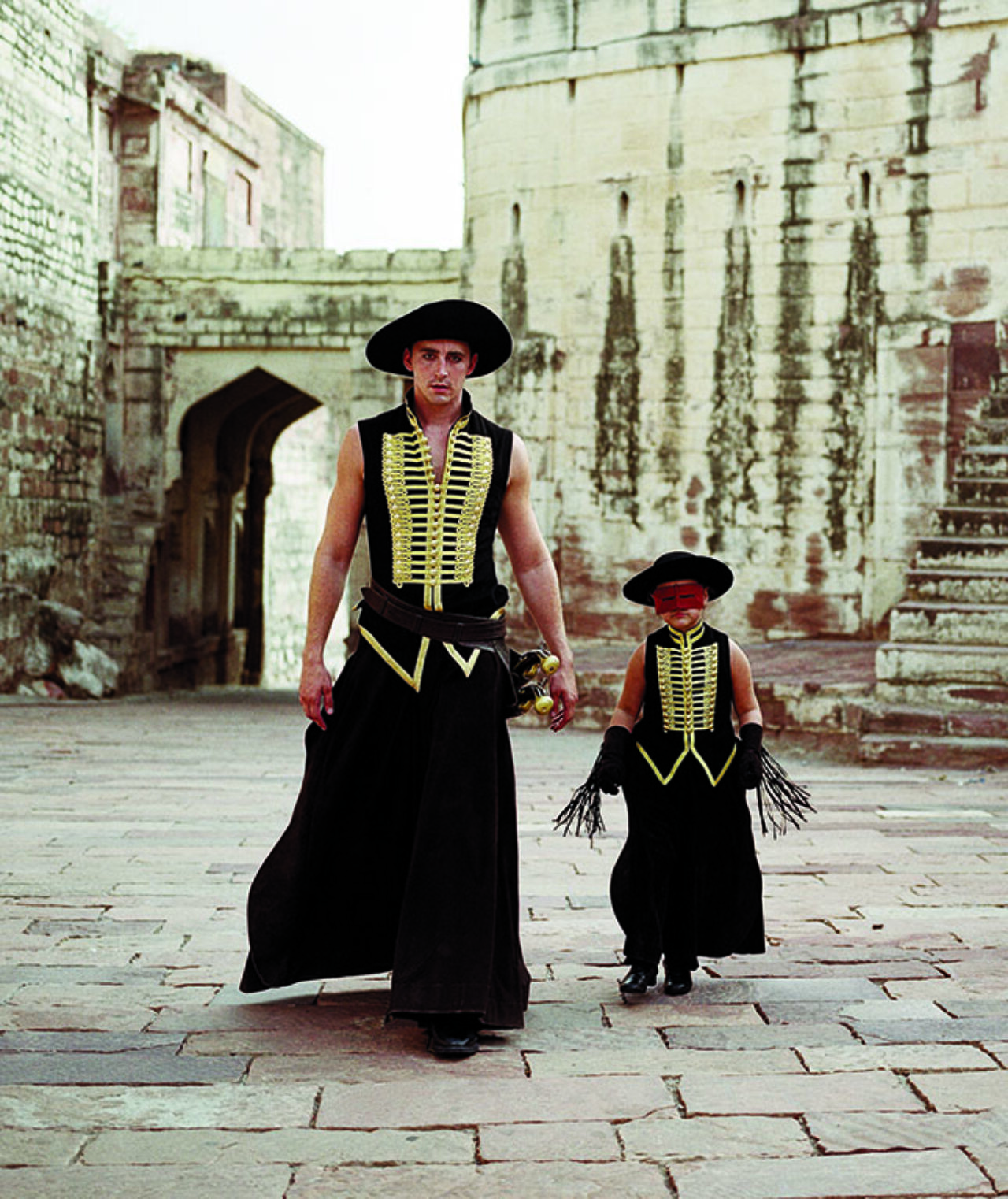
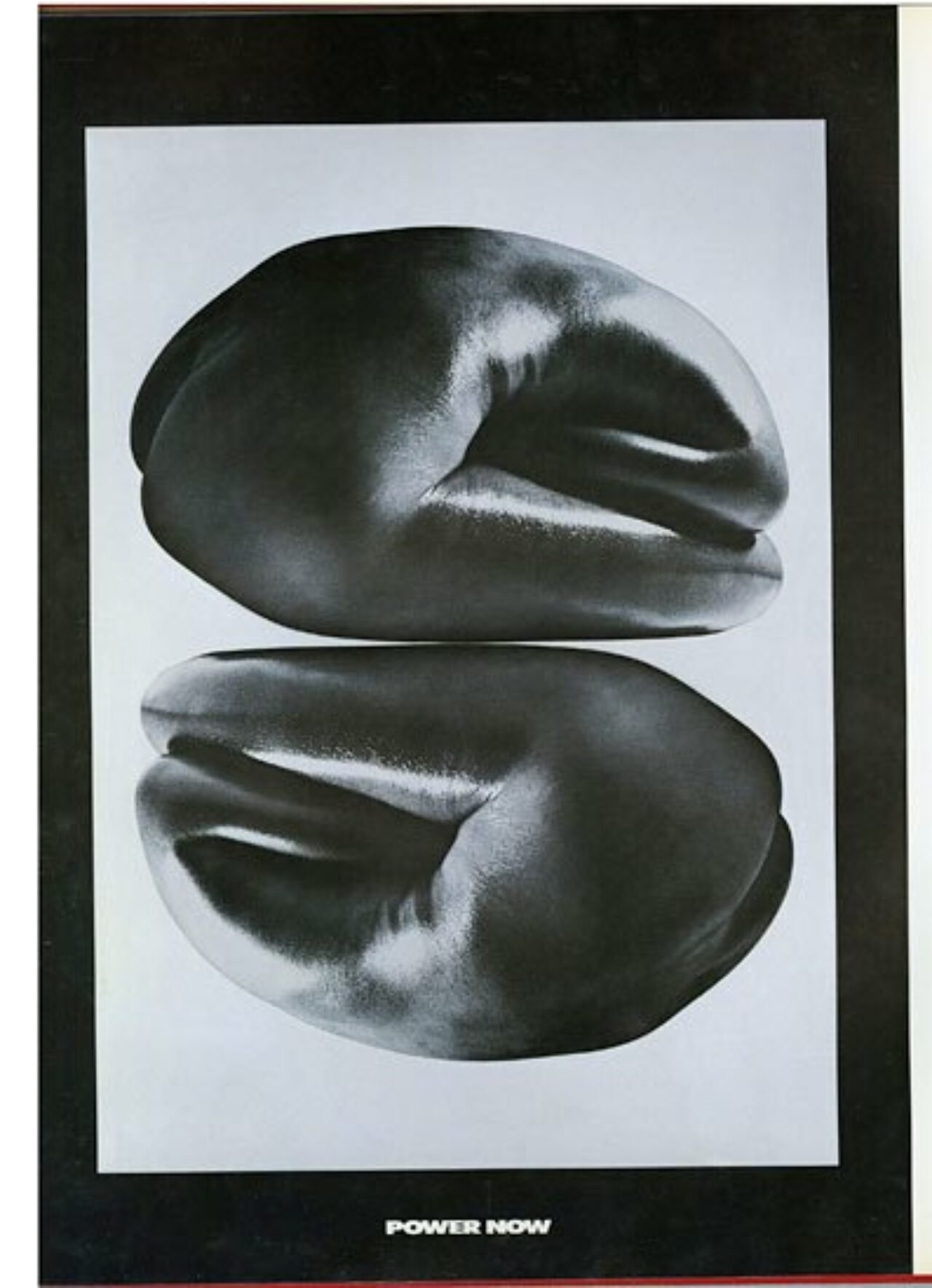
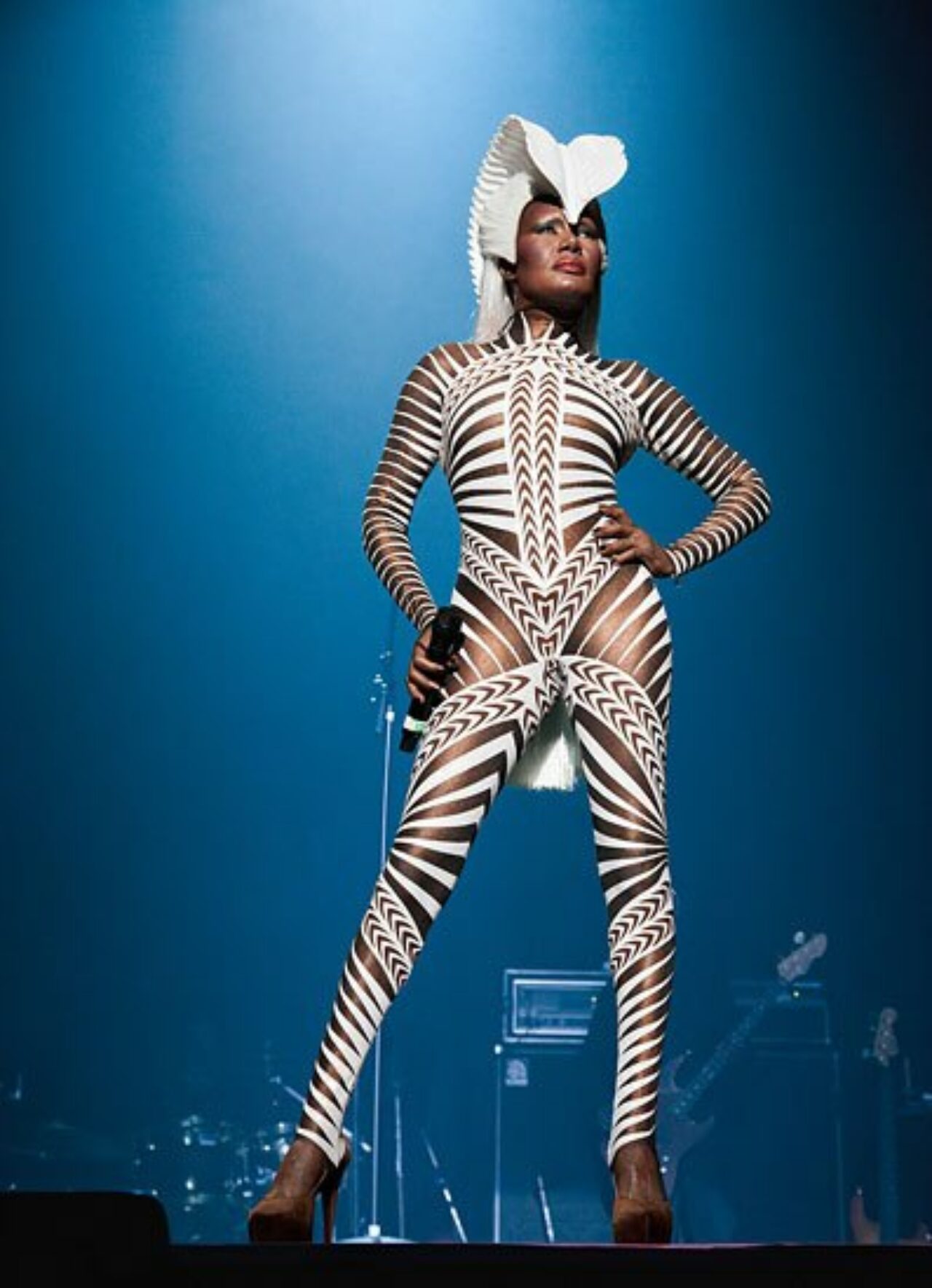
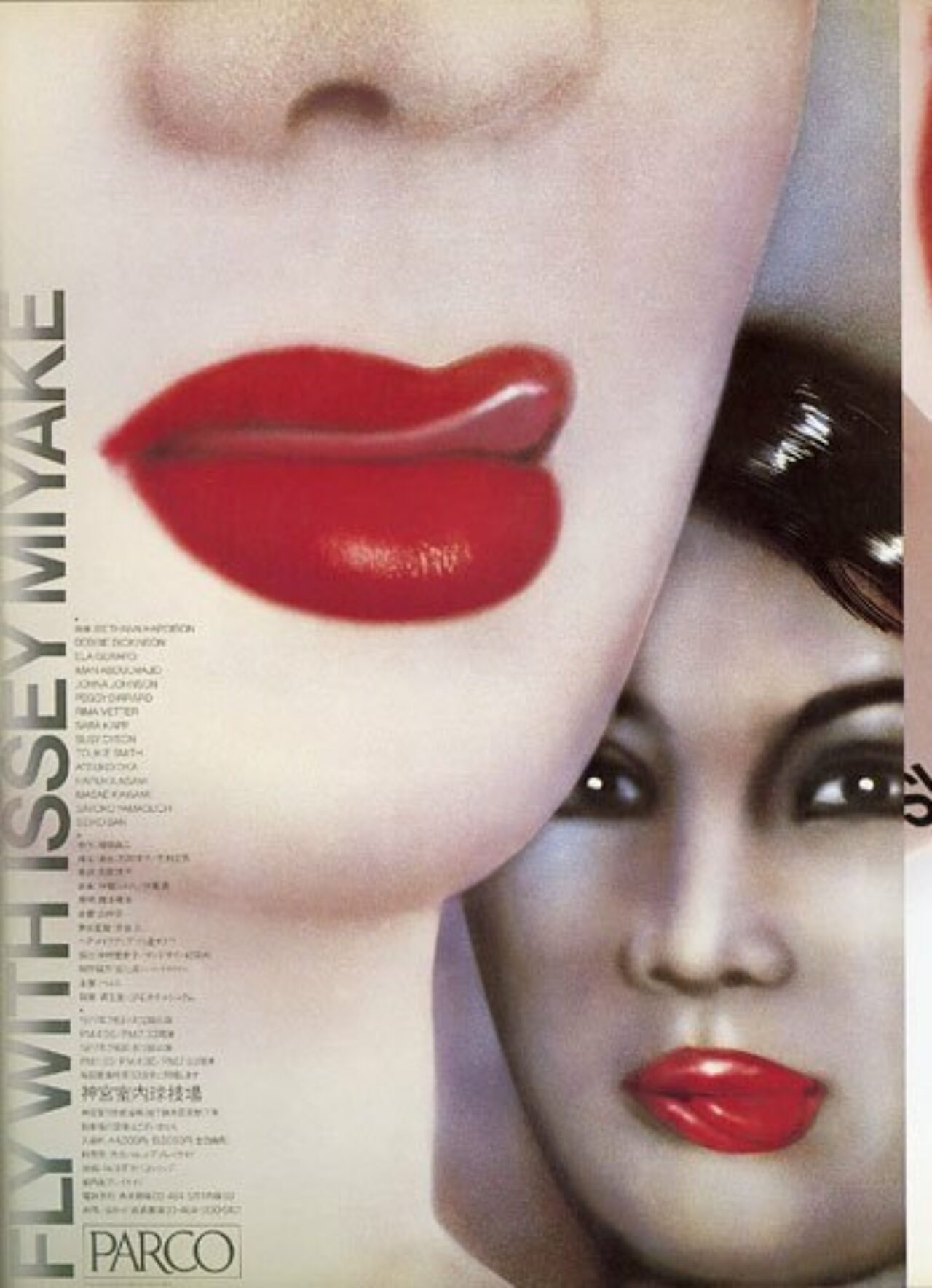
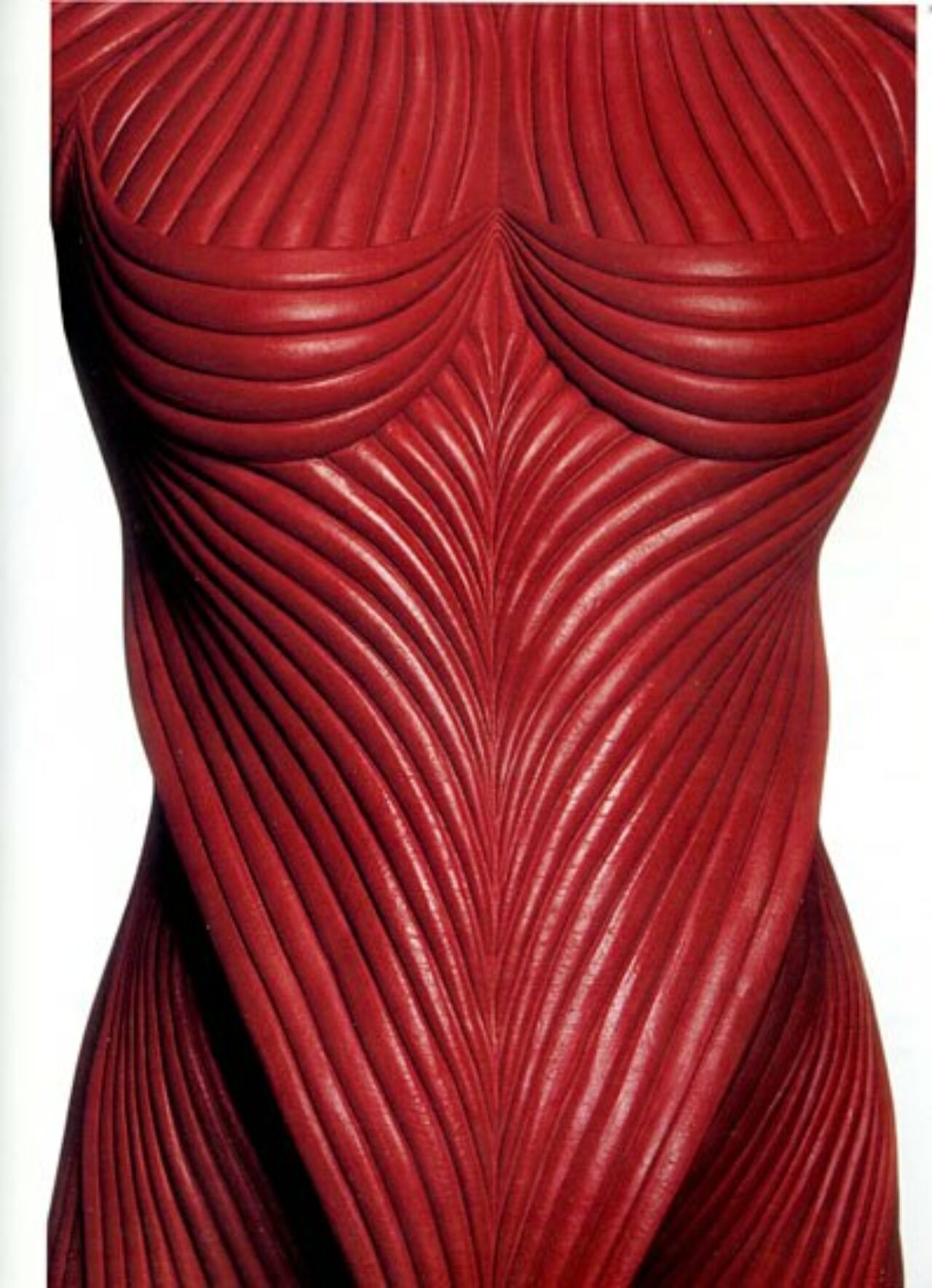
Eiko Ishioka: Blood, Sweat and Tears – A Life of Design
MUSEUM OF CONTEMPORARY ART, TOKYO
14 Nov, 2020 – 14 Feb, 2021

































